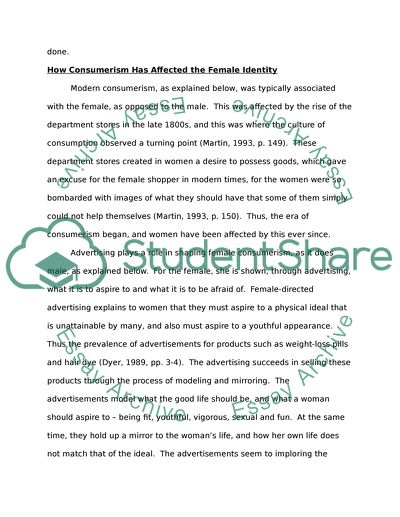Cite this document
(“Effect of consumerism on society Research Paper”, n.d.)
Retrieved from https://studentshare.org/family-consumer-science/1414280-effect-of-consumerism-on-society
Retrieved from https://studentshare.org/family-consumer-science/1414280-effect-of-consumerism-on-society
(Effect of Consumerism on Society Research Paper)
https://studentshare.org/family-consumer-science/1414280-effect-of-consumerism-on-society.
https://studentshare.org/family-consumer-science/1414280-effect-of-consumerism-on-society.
“Effect of Consumerism on Society Research Paper”, n.d. https://studentshare.org/family-consumer-science/1414280-effect-of-consumerism-on-society.


